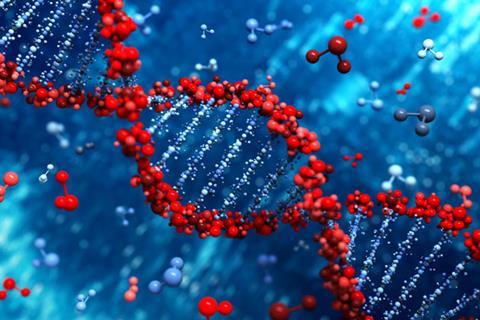Applying knowledge in new contexts
Success in biochemistry requires the application of chemistry to explain the behaviour of biological systems, something students often find troublesome. Key topics include acid-base chemistry, thermodynamics, intermolecular forces and organic chemistry. Warfa and Odowa report the findings of a study1 in which creative exercises (CEs)2 were used to probe students’ abilities to link previously learned chemical concepts to material they were currently studying in biochemistry.

CEs involve students creating a list of concepts that have a relationship to a given prompt. In this case, the prompts were biochemical in nature, with students being expected to provide a list of relevant related chemical concepts. Part of the intention was that students would then have a better appreciation of the value of chemistry in allowing them to predict and explain biochemical behaviour. The study involved 48 students who were taking their first biochemistry course, having studied chemistry previously, with three CEs used to collect the data.
The first CE (structure of amino acids) contained a single prompt, which was the zwitterionic structure of glutamic acid, while the prompt for the second CE (thermodynamics) showed the phosphorylation of glucose and the hydrolysis of ATP with ΔG data. The final CE showed a reaction coordinate diagram with profiles for enzyme catalysed and uncatalysed reactions. The CEs were presented to students as part of an exam and were assessed using a scoring rubric. Thematic analysis was used to analyse the data and provide insight regarding the links made by students to chemical concepts.
Several themes were identified for each CE, and the number of students who provided responses relevant to each were recorded. For example, in the case of the first CE, acid-base concepts (eg ‘it can lose two more protons’) and compound classifications (eg ‘polar, acidic amino acid’) were common themes. The overall data indicated students were generally successful in linking foundational chemistry concepts to biochemical problems in contrast to the widely held view that they struggle to transfer prior learning into new contexts. The authors suggest the application of prior learning to new contexts can be used as a means of facilitating the (re)learning of material, and there needs to be more of a focus on tackling misconceptions that emerge during biochemistry instruction.
References
- A-R M Warfa and N Odowa, Chem. Educ. Res. Pract., 2015, 16, 747 (DOI: 10.1039/c5rp00110b)
- Education in Chemistry, Creative chemistry, September 2015









No comments yet